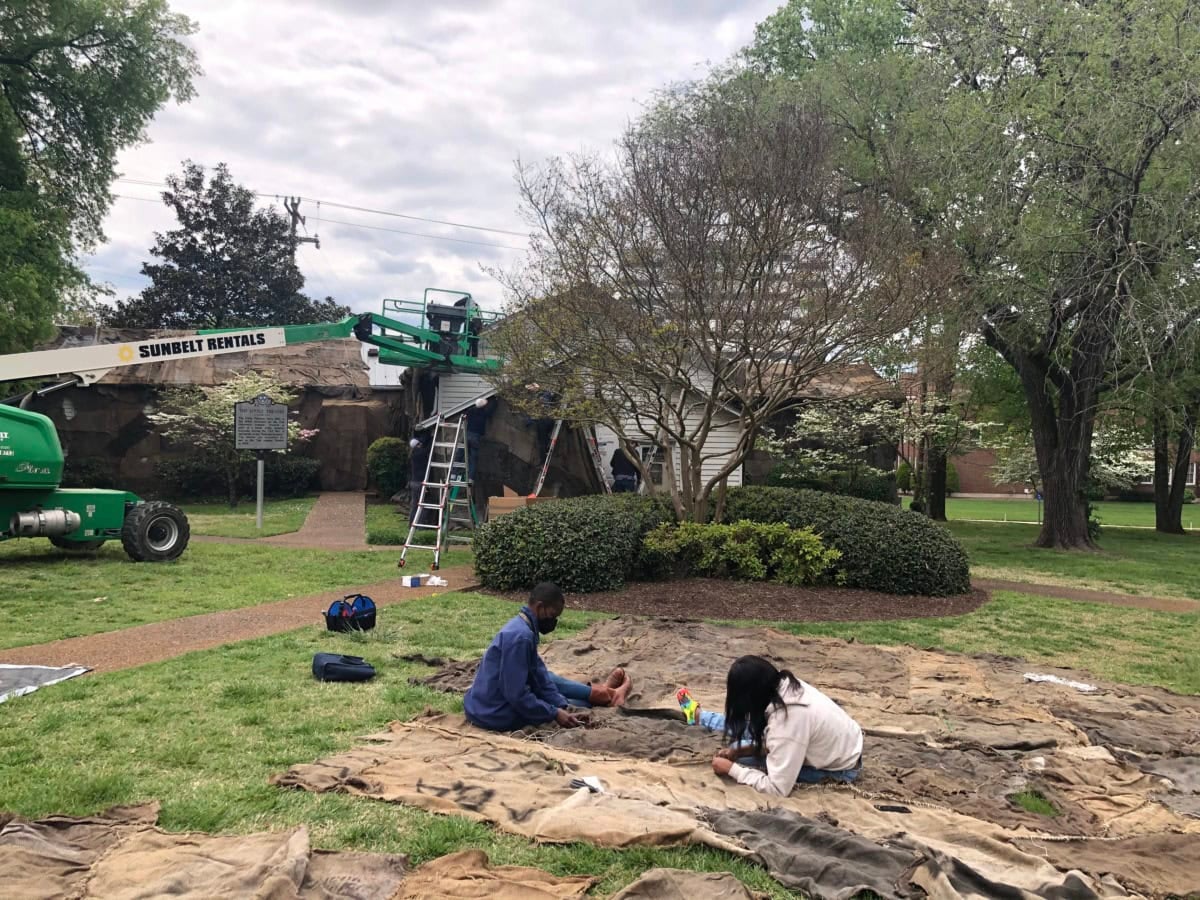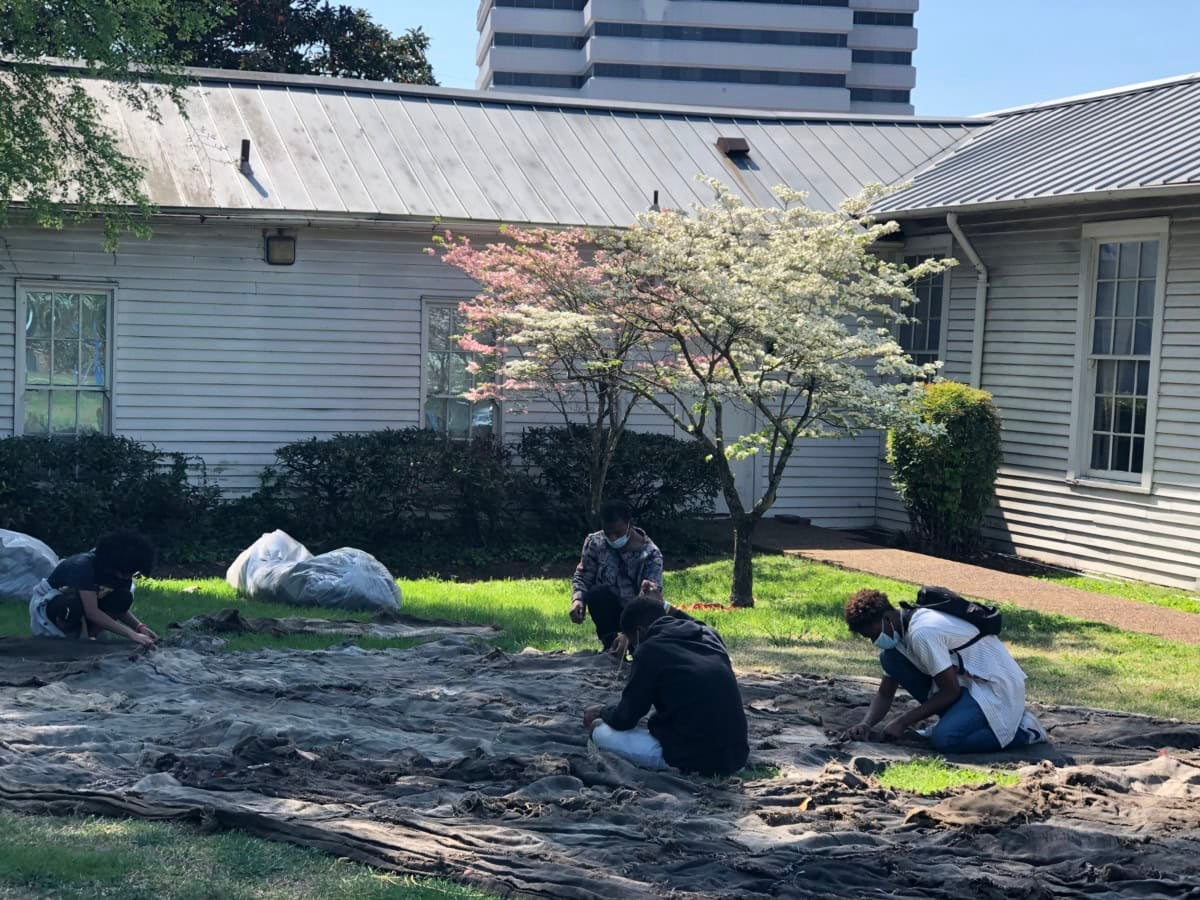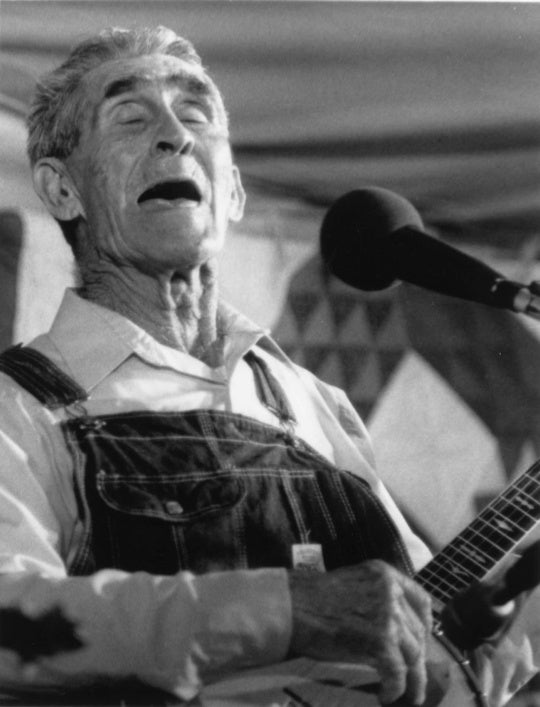
If anything positive has come from the Covid-19 pandemic lockdowns, we know Zoom increased accessibility to high quality arts conversations around the world. While many struggled to pivot to digital life, the Engine for Art, Democracy and Justice (EADJ) program thrived as a hybrid online/in-person experience. Conceived by Cornelius Vanderbilt Endowed Chair Professor of Fine Arts and artist Maria Magdalena Campos-Pons, EADJ bridged her international arts community with Nashville. Since moving to Nashville from Boston in 2017 to assume her position at Vanderbilt, Campos-Pons has made tremendous efforts to blend her international arts practice with the Nashville community. The Afro-Cuban artist, honored worldwide for her explorations of colonialism, feminism, and identity, most recently received the 2021 Perez Prize. The series of twelve virtual episodes and six arts interventions, initiated last September, have deepened the connection between Nashville institutions, international artists, and thinkers. A testament to EADJ’s reach, the Association of Art Museum Curators honored the program for its groundbreaking digital curatorial achievement.
For the inaugural season, Campos-Pons invited Athens-based Maria Fokidis to curate the program in collaboration with Vanderbilt University, Fisk University, Frist Art Museum, and Millions of Conversations. In particular, the Frist’s Chief Curator Mark Scala and Fisk’s Director and Curator of Galleries & Assistant Professor of Art Jamaal Sheats lead the extensive brain trust that supported the project locally. Fokidis platforms discussions about the Global South through her international curatorial projects and magazine, South as a State of Mind. The season title, “Living in Common in the Precarious South(s),” relates to the EADJ discussions that encourage de-centering authority, disrupting dominant narratives, and instilling non-hierarchical relationships across borders. Based in the southern United States, a peripheral place in the mainstream art world, EADJ positioned Nashville as a global knowledge center for encountering art from Africa, Latin America, South Europe, South Asia, and the American South.
Although the season is over (except for an installation at Fisk), the online series and documentation of the art interventions remain available on the EADJ website. Highlights of art from EADJ last fall include Carrie Mae Weems’s presentation of banners hung on buildings across Nashville stating, “Don’t Worry, We’ll Hold Hands Again.” Shamel Bell invited Nashvillians to participate in a global dance meditation for black liberation, and the EADJ soundtrack by Pauchi Sasaki was accompanied by an interview. This spring, the art in Nashville included performances based on African-American musician Julius Eastman’s work at Vanderbilt and a monumental installation by Ghanese artist Ibrahim Mahama. In this article, we will take a closer look at the most recent creative works.
Open through May 31, Mahama’s installation Leaves of Grass: 2012-2021.2021 is at Fisk University’s Little Theatre. Constructed as barracks for Union soldiers during the Civil War, the building became a schoolhouse for freed enslaved people, and now operates on campus as a theatre. Mahama’s work allows for personal reflections, but it clearly grounds Nashville with its history of slavery, civil rights struggles, and black higher education in a global dialogue on African diaspora.

Presented in relation to EADJ Episode 11, themed “Public Art–as Network(s) Between Dispersed Geographies,” Fokidis invited the Ghanese artist to share his creative interests across the Atlantic. Mahama’s work at Fisk includes his signature shrouding of structures in jute bags stitched together by collaborators. He gained international acclaim with similarly styled works for Venice Biennales. Through her publication, Fokidis had worked closely with Mahama when he exhibited in documenta 14. The fabric he incorporates carries memories of its commercial origins as bulk packaging used for exporting/importing products. Providing a Global South perspective, he highlights the exploitations of resources and labor by the economically developed countries in the Global North. Wrapping the Little Theatre building in fabric stitched together by students and Nashville community members, Mahama activates interlocal dialogues about racial histories, colonialism, and oppressive capitalism.
Fisk professor and artist Alicia Henry described her experience of guiding students through this collaboration with Mahama. She noted that they bonded while sewing the jute bags and considering what the work meant for them, for the artist, and for this place. She noticed a spark ignite when the assemblage of fabric came outside and it gained attention from the campus community. The art provided space for them to reconsider their environment and share their reflections with others.

The arts interventions hosted in Nashville for EADJ Episodes 9 and 10 built upon Eastman’s legacy. Entitled, “Black Notations: Afro-American Composer Julius Eastman,” the program provided insights into this acclaimed musician who died in the 1990s with no commercial recordings and limited registers of his life. When Eastman’s archival recordings were released in the twenty-first-century, he gained fresh attention. Mary Jane Leach, a composer/performer and archivist, has written about Eastman extensively. She recalls that his talents were flexible; he performed with the New York Philharmonic at Lincoln Center and experimented with styles in dance clubs. In her presentation in Episode 9, she summarizes his public persona: “He was a multi-talented, flamboyantly gay Black man who was pushing the envelope, striving to fulfill these roles in his life to the fullest, always with a flair for the dramatic.” The EADJ program served as a catalyst to inspire creative explorations of Eastman’s contributions by the Vanderbilt community for a world-wide audience.
The musical encounters created at Vanderbilt illustrate that introducing inclusive histories into the academy enhances conversations and experiences. Professor/artist Alejandro Acierto created a sound performance featuring art students. Experimenting with Eastman’s techniques and conceptual underpinnings, Acierto connected the twentieth-century composer’s “Gay Guerilla” with past, present, and future queer activism. The Vanderbilt Blair School of Music’s Contemporary Music Ensemble presented two interpretations of Eastman’s “Stay on It.” In Episode 9, professor Molly Barth relates that she had limited experience with Eastman before the EADJ program, and that including him rewarded her and the Blair students. She explains, “Julius Eastman draws from so many influences that the students are constantly thinking in different parameters about how to prepare his music.” Professor/artist Vesna Pavlovic’s photography class engaged with his compositions when documenting the Blair rehearsal sessions. The EADJ program gave students and professors opportunities to dedicate academic effort to exploring this Black composer whose work and life were nearly forgotten by history. Activating memory, these interventions serve as present-day offerings for a more inclusive future for the world to see.
The Nashville-based EADJ art interventions this spring touched on the power of art to catalyze democracy and justice. Mahama’s installation evoked associations with race, capitalism, and history at Fisk University. At Vanderbilt, Acierto’s sound performance and the Blair student concerts referenced Black musical pioneer Eastman, which brought this significant yet understudied artist to the forefront of their creativity. Through the program, a global audience came to see Nashville at its best, a place with a rich history, a vibrant intellectual community, and a center for cultural expression.




